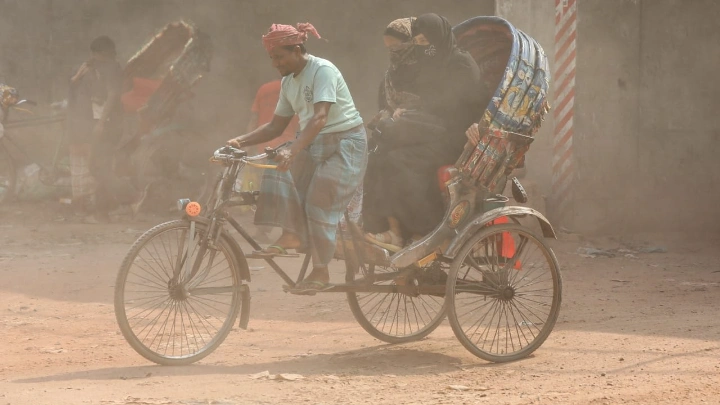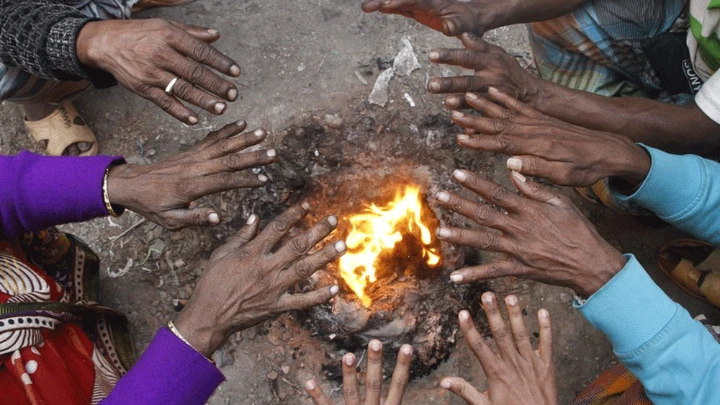Power outages on the rise again
DailyStar || Shining BD
Power cuts are getting more frequent as power generation has failed to keep up with the high demand caused by the rising mercury.
For instance, the power generation shortfall hit nearly 2,000 megawatts (MW) yesterday -- the highest in recent weeks, according to data from the Bangladesh Power Development Board.
From this month, PDB has started generating up to 13,900 MW of electricity a day against the highest demand of 16,200MW, which is much higher than the previous month's average. Last month, the demand was 14,000MW to 14,500MW.
The temperature in Dhaka is now in the mid-30s during the day.
Rajshahi, Rangpur, Cumilla, Mymensingh and Sylhet areas are mostly affected by power cuts, the PDB data shows.
Frequent power cuts started in the last three to four days, said Rafiul Islam, a resident of the Sambhuganj area of Mymensingh.
"It's unbearable amid the sweltering heat."
The situation stays normal from midnight to 7 in the morning and then the power goes out in one to two-hour intervals throughout the day, Rafiul said.
A businessman, who ran a steel workshop in Biswas Para of Joypurhat, said they need to take a break for at least an hour every couple of hours. "Sometimes, the power is gone for three to four hours," he added.
PDB officials are pinning the blame for frequent power cuts on insufficient electricity generation by the coal-based power plants due to various technical issues. Gas shortage, too, has become a regular scenario.
Power plants with at least 10,000MW unutilised capacity are sitting idle due to fuel shortage or maintenance: 6,300MW due to fuel shortage and 3,600MW for maintenance.
Compared to last month, the unutilised capacity has increased due to fuel shortage this month.
Gas-fired plants of 4,093MW capacity are sitting idle due to a shortage of fuel, according to PDB data.
The country has a total of 11,428MW installed capacity from gas sources.
At least 25 gas-fired power plants have been shut since May 27 when cyclone Remal hit the coastal areas.
The cyclone damaged one of the country's two floating storage and regasification units (FSRUs), which brought down the LNG regasification capacity to 600 million cubic feet per day (mmcfd) from 1,100 mmcfd.
The FSRU tried to resume operations several times but failed.
It is now slated to resume operations from September 15, as per the recent announcement of Muhammad Fouzul Kabir Khan, the adviser to the ministry of power, energy and mineral resources.
Then the PDB's largest single power supplier, the 1,496MW Adani Godda power plant located in India's Jharkhand, is producing around 1,000MW of electricity.
Recently, they have sent letters to the ministry, the Bangladesh Bank and the chief adviser of the interim government to clear their eight months' outstanding bills amounting to $800 million.
"We are forced to inform you that the Godda plant is struggling hard to sustain its operations on account of running expenses towards procurement of coal, debt service obligations, operation and maintenance," said a PDB official quoting the letter as saying.
The Matarbari power plant is also producing less than its capacity due to coal shortage, while one of the two units of Chattogram's SS power plant is under maintenance.
At present, about 2,300MW -- or one-third of the total coal power capacity of 6,604MW -- remains idle, according to data from PDB.
Furnace oil imports also faced a dip due to the dollar crunch, according to PDB officials.
As of September 4, gross foreign exchange reserves stand at about $20.6 billion, enough to service about four months' import bill, according to data from the BB.
The country's total power generation capacity is 27,086MW.
Shining BD






































